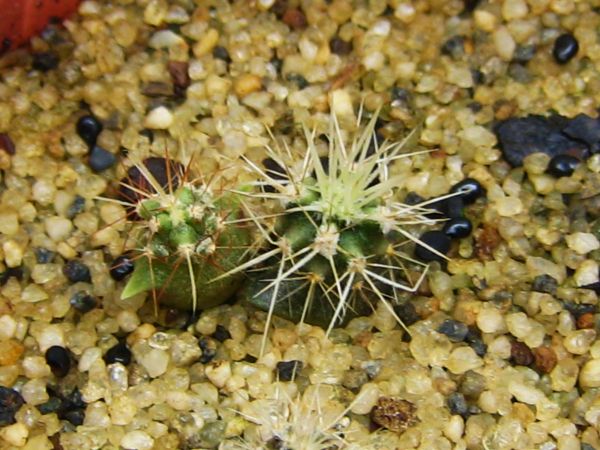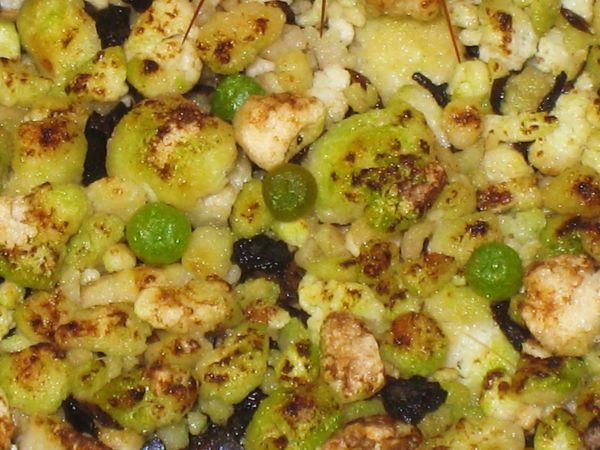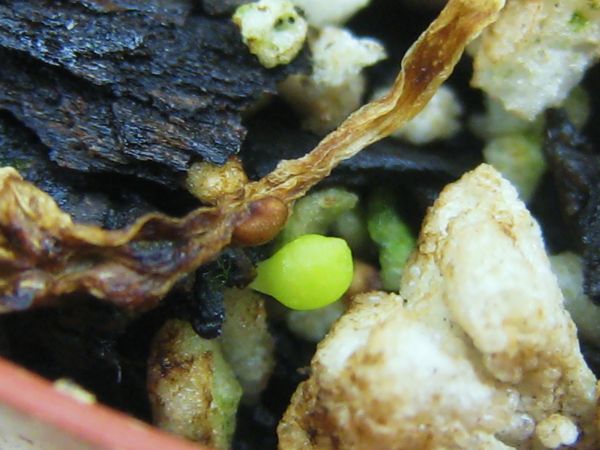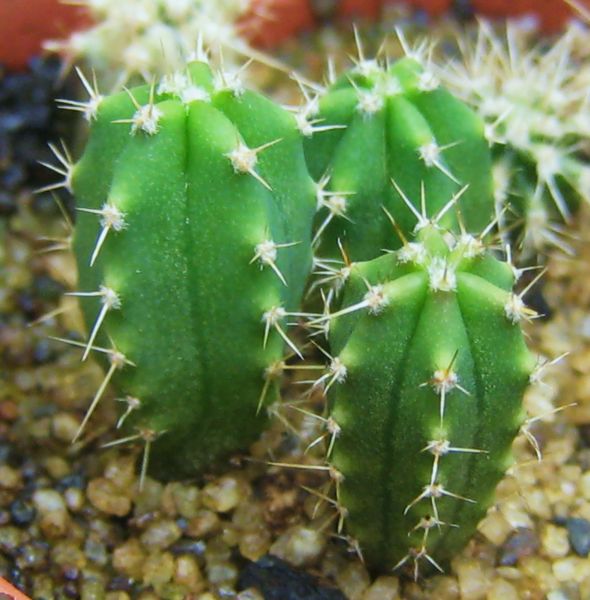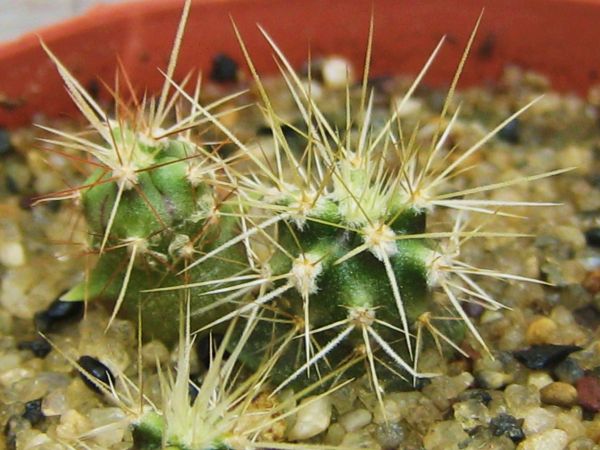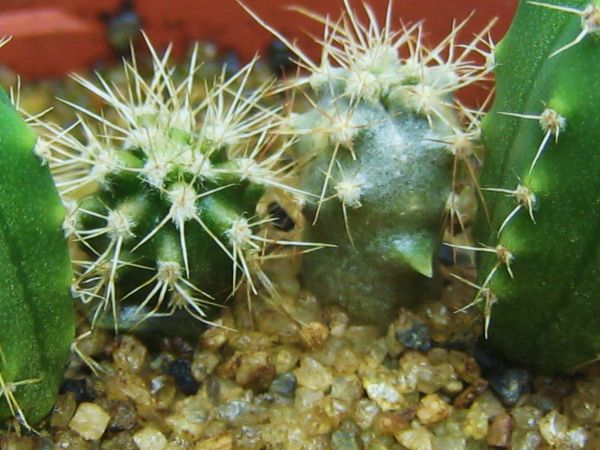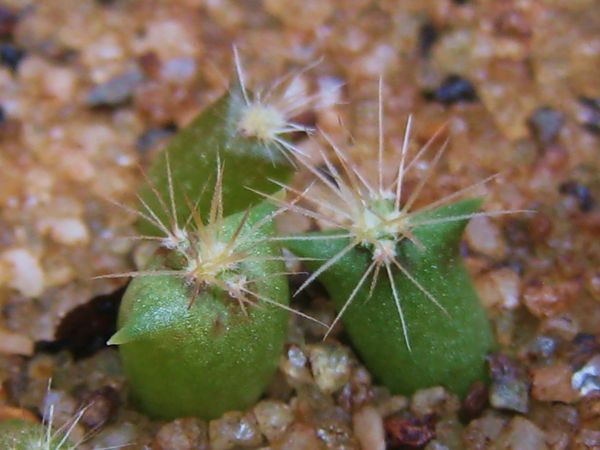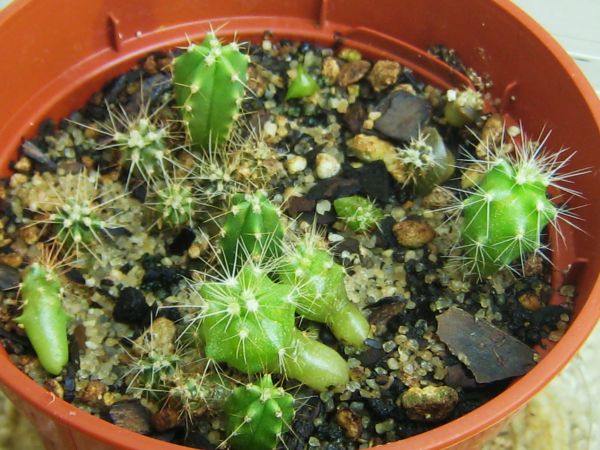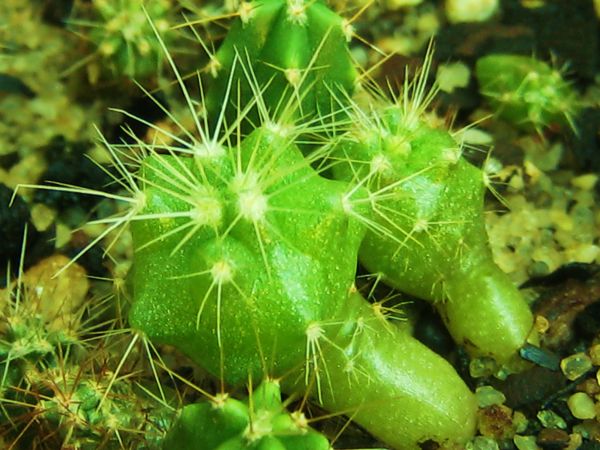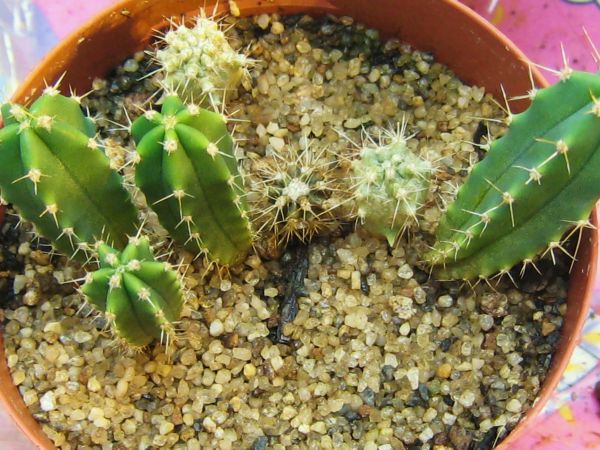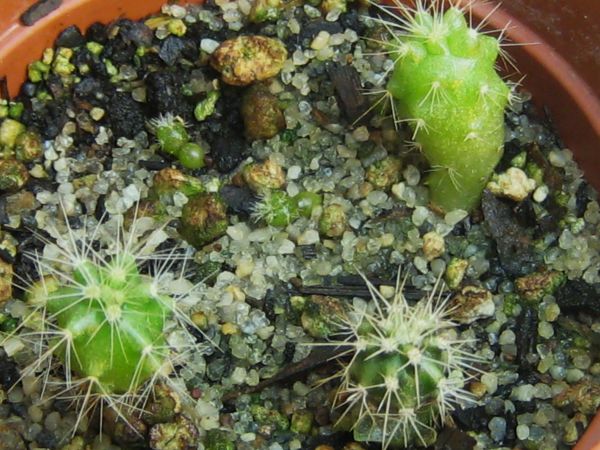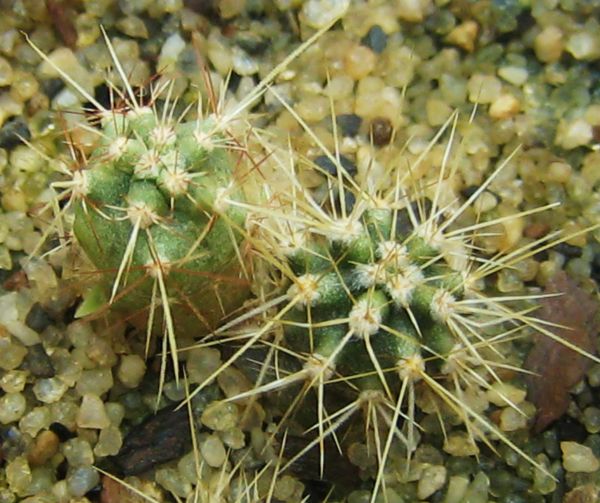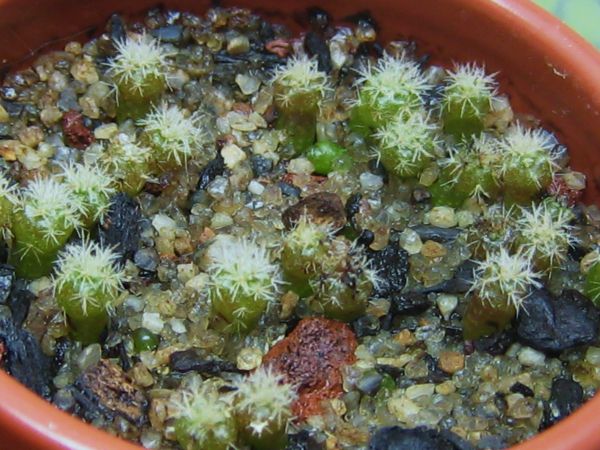Your description of osmosis in the roots implies that using very pure water encourages the plant to take up the water. This is bad how? There is also the suggestion that somehow the distilled water would go into the plants leaving behind something else. Leaving behind "better" water? Leaving behind nutrients? Doesn't this also mean that water with fertiliser isn't taken up by the plant
How osmosis works is high concentrations move to low concentrations to equal everything out.
My highschool teacher used the example of farting in a stall, at first the gas is highly concentrated in the stall and there is very little gas in the rest of the bathroom. Then the gas spreads out until equilibrium is achieved.
What this means for roots and plants is that water that is extremely pure has lower concentrations of water soluble nutrients than the plant and its roots.
Through osmosis, the pure water sort of tries to 'suck' nutrients from the plants roots until equilibrium is established.
I don't think it has anything to do with encouraging the plant to take up water.
That sounds more like the capillary action of water to me which is a slightly different idea.
But Iann, your note about water softening via salt is pretty useful to me, since I am probably slowly salting my plants to death since I have a well and use a water softener (Salt). Thanks for the info. This is a very interesting and mildly confusing subject.
Rain water seems to be often recommended and since you pointed out the similarity of distilled water and rain water, I wonder why distilled water is so disreputed..
quite some food for thought.











